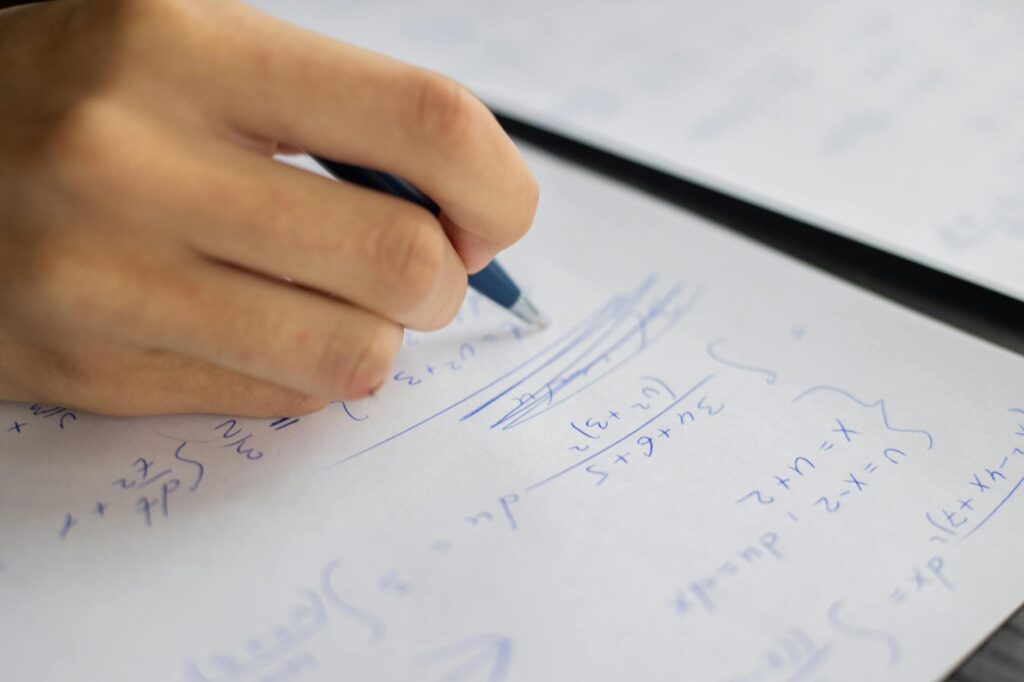Primary School Chinese Language education aims to cultivate proficiency in reading, writing, listening, and speaking Mandarin. Download Chinese exam and test papers from top schools covering a wide range of topics and question formats, helping students to improve their language skills and deepen their understanding of Chinese culture. These papers are aligned with the Singapore curriculum to ensure relevance and effectiveness in exam preparation.
Primary 3 (P3) Chinese Exam & Test Papers (all schools)
- Exam Year 2023
- Exam Year 2022
- Exam Year 2021
- Exam Year 2020
Primary 4 (P4) Chinese Exam & Test Papers (all schools)
- Exam Year 2023
- Exam Year 2022
- Exam Year 2021
- Exam Year 2020
Primary 5 (P5) Chinese Exam & Test Papers (all schools)
- Exam Year 2023
- Exam Year 2022
- Exam Year 2021
- Exam Year 2020
Primary 6 (P6) Chinese Exam & Test Papers (all schools)
- Exam Year 2023
- Exam Year 2022
- Exam Year 2021
- Exam Year 2020
Primary School Chinese Curriculum in Singapore

Lower Primary (Primary 1-3)
The Primary School Chinese curriculum for Lower Primary students in Singapore focuses on building a strong foundation in the language, emphasizing listening and speaking skills, while gradually introducing basic reading and writing.
Listening:
- Engaging Stories and Rhymes: Children are exposed to various Chinese stories, songs, and rhymes. These activities help familiarize students with the sounds and rhythms of the language, making learning enjoyable and effective.
- Interactive Listening Activities: Simple games and tasks that require following instructions in Chinese enhance listening comprehension in an engaging manner.
Speaking:
- Basic Conversational Skills: Students learn simple greetings, common phrases, and everyday vocabulary. Emphasis is placed on correct pronunciation and intonation to ensure clear communication.
- Storytelling and Role-Playing: Activities such as storytelling and role-playing encourage students to speak in Chinese, building their confidence and fluency.
Reading:
- Character Recognition: Introduction to basic Chinese characters begins with simple, commonly used ones. Students learn to recognize and understand these characters.
- Reading Aloud: Sessions where students read aloud help practice pronunciation and intonation, improving their reading fluency and comprehension.
Writing:
- Basic Writing Skills: Writing begins with simple strokes and progresses to forming basic characters. Emphasis is placed on correct stroke order and neatness.
- Simple Sentence Construction: As students become more comfortable with characters, they start forming simple sentences. Exercises include copying characters, filling in blanks, and constructing basic sentences.
Upper Primary (Primary 4-6)
In Upper Primary, the Chinese curriculum becomes more advanced, enhancing students’ reading, writing, listening, and speaking skills. The complexity of characters and sentence structures increases, preparing students for more sophisticated language use.
Listening:
- Advanced Listening Comprehension: Students listen to more complex stories, dialogues, and audio materials, practicing extraction of key information, understanding context, and inferring meanings.
- Interactive Listening Tasks: Group discussions and tasks requiring listening to instructions help improve comprehension and listening skills.
Speaking:
- Enhanced Conversational Skills: Advanced vocabulary and sentence structures are introduced. Students participate in discussions, debates, and presentations to practice fluent and articulate speaking.
- Drama and Role-Playing: These activities continue to develop students’ ability to express themselves creatively and confidently in Chinese.
Reading:
- Complex Character Recognition: Students learn more complex characters and compound words, engaging with various texts including short stories, poems, and informational articles to enhance reading skills.
- Reading Comprehension: Focus is on understanding and interpreting texts, summarizing content, identifying main ideas, and analyzing characters and plots.
Writing:
- Advanced Writing Skills: Writing exercises become more sophisticated, focusing on constructing coherent and cohesive essays. Students learn to write narratives, expository essays, and persuasive pieces.
- Grammar and Syntax: More complex grammatical structures are taught, and students practice using them correctly in writing, with an emphasis on clarity and precision.
Throughout both Lower and Upper Primary, the Chinese curriculum incorporates various interactive and engaging activities to ensure students develop a deep understanding and appreciation of the language. By the end of Primary 6, students are expected to have a strong foundation in Chinese, with the ability to read, write, listen, and speak effectively. This holistic approach equips students with essential language skills and fosters a lifelong love for the Chinese language and culture.


